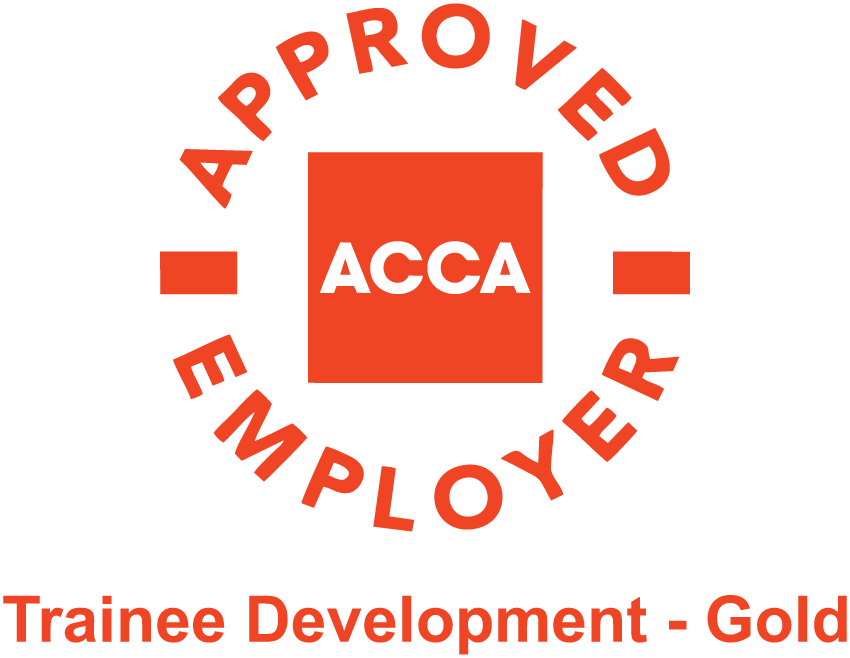Tips for Successful Budgeting and Forecasting in Your Business
Budgeting and forecasting are essential tools for any successful business. With proper budgeting and forecasting, you can plan and track your financial performance and make informed decisions for the future of your business. In this article, we will provide you with some tips to help you achieve successful budgeting and forecasting in your business.
Once your Business is operational, it’s essential to plan and tightly manage its financial performance. As a business grows and becomes more complex, the need for a successful budgeting and forecasting process becomes critical. They allow a business to plan accurately for its fiscal year.
Budgeting and Forecasting
Budgeting is the process of strategizing your business’s revenue and expense numbers for a specific time period. By consulting the budget, businesses can avoid spending more than they have and falling into debt. On the other hand, Forecasting is the process of using data analytics to track historical trends for the purpose of predicting future financial results based on your company’s most current reports.
While budgeting and forecasting often go hand in hand, the fundamental difference is that a forecast is used to predict the future, while a budget is used to plan the future.
Importance of Budgeting and Forecasting in Business
The more you know about your company’s financial position, the more empowered you are to make confident decisions about your business goals. One of the most redeeming qualities of budgeting is that it forces the organizations leadership to establish tangible goals for the fiscal year. This is inherently good and gives direction to the business and aligns all of the staff from the top to the bottom. A budget is also useful for sharing with lenders or investors so they can get a good understanding of your business activities. It helps them, and you, see if your business will be profitable. Many businesses choose to review their budget once every fiscal year, although some do so more frequently to respond to changing market conditions.
4 Tips for Successful Budgeting and Forecasting in Your Business
1. Identify your financial goals
If you want to finally make progress with your money, you need to set some financial goals. Setting a financial goal is not a set-it-and-forget-it act. To reach any goal, you need to regularly calculate how far you are from getting there. It’s important to monitor your progress and make adjustments where necessary. You can have short-term financial goals, medium-term financial goals or long-term financial.
2. Create a detailed budget
As you get started, you’ll notice that the business budgeting process starts with looking backward at your past income and expenses. The longer you’ve been in business, the easier this process will be, as you’ll have more data to look back on as you move to creating your forward-looking budget. Here’s a step-by-step guide for how to create a business budget:
- Analyze Costs
Before you start drafting a budget, you must research the operating costs involved in your business. Knowing your costs inside and out gives you the baseline knowledge needed to craft an effective spending plan. If your business is new, then you must include start-up costs as well.
- Negotiate costs with suppliers
This step will be useful for those businesses which have been functional for more than a year and are dependent on suppliers to sell products. Negotiations allow you to create trustworthy relationships with your suppliers. Try getting discounted rates for the materials, products, or services you need before you make your payments. This will help to find efficient ways to reduce cost of doing business.
- Estimate your revenue
Your previous year’s revenue figures can act as a reference point for the upcoming year. It’s important to rely solely on this empirical data. This will help you set realistic goals for your team, leading to the eventual growth of your business.
- Know your gross profit margin
The gross profit margin is the cash you are left with after your business has dealt with all the expenses at the end of the year. It gives insight into the financial health of your business. This tells you that you must identify the expenses that are not benefiting the business in any way and eliminate them
- Bring it all together
Once you have gathered all the information from the previous steps, it’s time to create your budget. After you have subtracted your fixed and variable expenses from your income, you will get an idea of the amount that you can work with. Be prepared to tackle the unexpected one-time expenses that come your way. You can then find ways to use the money effectively to achieve your short-term and long-term goals.
3. Consider potential risks and uncertainties
Businesses have to juggle both risk and uncertainty, but with the right mindset and preparation, risk can be managed, and uncertainty can be a catalyst for new opportunities. The difference between risk and uncertainty has to do with the level of control and predictability of a given scenario. Risk can be measured with probabilities, and thus controlled through risk management and assessment techniques. Uncertainty, on the other hand, involves situations with unknown variables and outcomes that can’t be measured, and therefore hard to predict or control.
4. Updating Forecasts and Budgets Enables You to Fix Problems
Updating forecasts or budget enables the business to fix any problems and underlying financial assumptions with more accurate information that encourage better spending habits. It is a good practice to run a budget variance report that shows the actual results versus the budget or forecast targets to discuss the number and update the budget to reflect the numbers
Start creating a budget and financial forecast model no matter how small your business is. Understand the business and the capability to tick the targets. Accurate forecasts can warn you of future financial problems. Implement these budget forecasting methods to crack the predictions on a regular basis and stage a successful business ahead. You may not ace it in the first go but eventually, you will understand your business better, axiomatically improving the profit numbers with powerful strategies.
Budgeting and forecasting can help you identify potential issues before they become problems, set achievable goals, and make informed decisions.
You should review and adjust your budget and forecast on a regular basis, at least quarterly.
There are many accounting software options available, including Quickbooks, Xero, and Freshbooks. You can also use Excel or Google Sheets for budgeting and forecasting.
Blogs you might find useful :
Subscribe to Our News Letter

We're here to help you! Reach out for solutions.
We're here to help you! Reach out for solutions.
Don't let doubts hold your business back.

Have any questions? Reach us by phone.

We're here for you! Reach us by mail.
Contact Us
We Always here to help you!
Business Setup
Tax Services
Consulting Services
Accounting Services
Compliance
Audit & Assurance
Quick Links

MARKEF is a leading Accounting Firm offering wide range of services including Accounting and Bookkeeping, Audit and Assurance, VAT and Corporate Tax, Business Consulting, Management Consulting, and Business Setup Services in Dubai and across United Arab Emirates.
- Office No.1929, Tamani Art's Offices Tower, Business Bay, Dubai, United Arab Emirates
- +971 4 589 2828
- +971 50 105 4241
- E-mail : info@markef.com
-
Mon - Sat : 8:00 - 18:00
Sunday Closed



